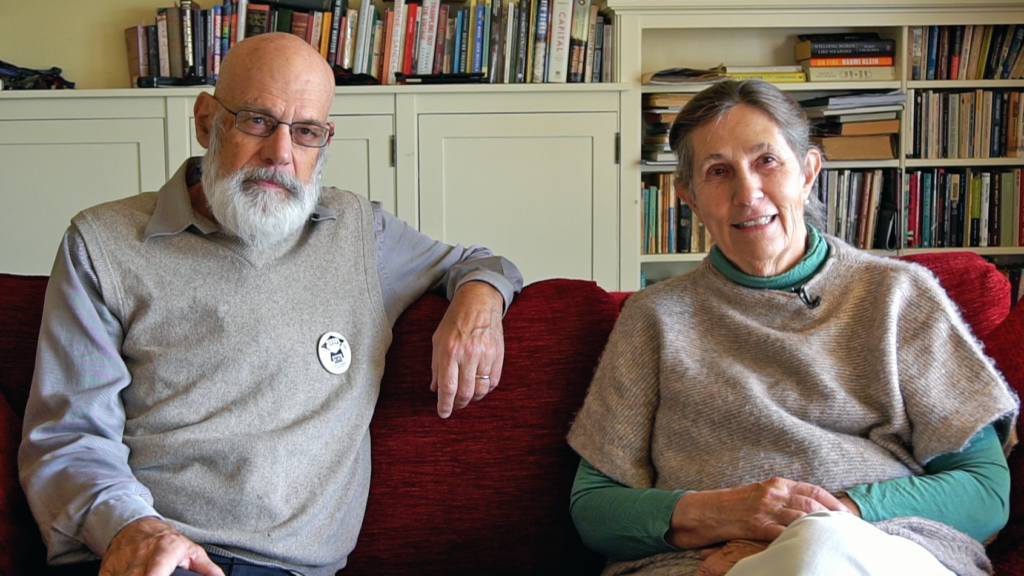
A 2020 American Federation of Teachers’ national study across two-and-four-year colleges found 25% of adjuncts “relying on public assistance,” 40% “having trouble covering basic household expenses” and 45% delaying needed medical and mental-health care. Sixty-one percent of participants worked at community colleges.
HOW EDSOURCE CONDUCTED THE INVESTIGATION
Editor’s Note:
To determine adjuncts’ average salary, EdSource sought payroll data from all 72 California Community College Districts under the California Public Records Act. EdSource received usable, documented data from 62 districts. The data for 41 districts labeled adjunct professors, so it could be analyzed. Published averages are of those 41 districts. EdSource’s requests for data are still pending with 10 districts.
To determine whether trustees elected to the state’s 72 community college districts are eligible to receive health care benefits, EdSource reviewed the policy documents for each district. To determine whether adjuncts receive health care coverage, EdSource reviewed their union contracts.
Rose Ciotta, Investigations and Projects Editor
California has an “absolute reliance, overall, on part-time faculty,” said Wendy Brill-Wynkoop, president of the Faculty Association of the California Community Colleges, a state-wide advocacy group for both full-time and part-time faculty.
Adjunct working conditions “affect student success,” she said.
Students need instructors “who are dedicated to a campus and dedicated to them as opposed to being dedicated to being on the freeway, or worried about their next meal or if they can pay their health care or their rent,” she said.“It’s criminal to run the colleges off the backs of the part-time faculty. It has to stop, especially if we’re saying that the goal of the community colleges is to lift our students out of poverty. We’re not going to be doing that with faculty living in poverty or close to it.”
Joe Berry, a former adjunct and labor leader, who, with his wife, Helena Worthen, recently published the book Power Despite Precarity, about part-time, or, as they prefer, contingent faculty, said that students miss out when professors don’t have job security and academic freedom.

Joe Berry and Helena Worthen. Credit: Andrew Reed / EdSource.
“Teaching conditions are learning conditions,” Berry said in an interview. “If we can’t afford to speak the truth as we know it because we don’t have the job security and, therefore, don’t have the academic freedom, that means (students) don’t have the academic freedom to hear the whole range of ideas.”
And, he added, the constant flux of waiting for appointments across multiple districts in order to make a living affects how much time adjuncts have to devote to detailed class planning. That can result in students “suffering inadequately-planned classes. If (instructors) are pulling it out of their hip pockets, it’s because the system forces them to.”
Will the Legislature act?
Two state bills designed to bring adjuncts relief failed last year. One would have upped the number of classes they can teach per-semester at individual districts; the other required the community colleges Chancellor’s Office to study compensation statewide with a goal of creating parity between full and part-time professors by 2027.
But the community college’s state leadership helped kill the study, claiming it trampled district sovereignty.
“It is not appropriate for the Chancellor’s Office to engage in matters of local control and locally negotiated” employment contracts, Vice Chancellor of Government Relations David O’Brien, wrote to lawmakers in May. He added that the system’s chancellor, currently Eloy Ortiz Oakley, has a “long-standing precedent of neutrality” in contract negotiations.
Oakley urges the state to direct more money to the community college districts and let them decide how to spend it. He declined to be interviewed for this story but in written remarks said, “The best way to support part-time faculty is to advocate for additional budget investments in the context of local control for college districts and elected leaders.”
In October, Gov. Gavin Newsom vetoed legislation to increase adjuncts’ teaching loads per district. It would have eliminated, for some, the stress of teaching multiple classes at multiple districts to earn a living. Adjuncts are limited now to teaching no more than three courses at one district unless special circumstances exist.
Newsom’s veto message said the bill put “significant ongoing cost pressures” on the state and districts, costing hundreds of millions of dollars.”
RESULTS OF THE EDSOURCE SURVEY OF ADJUNCTS
To hear directly from adjuncts, EdSource last October wrote and circulated a survey of working conditions that got responses from 930 of the part-time faculty teaching in 63 of the 72 community college districts across California. EdSource shared the online survey form with adjuncts and organizations in contact with adjuncts. Only EdSource had access to the responses.
Here are some of the findings:
- 53% of survey respondents have commuted 20 miles or more to a community college to teach
- An additional 11% said they would be commuting 20 miles or more but they were teaching remotely.
- 33% reported working in at least two districts in 2021.
- Among those respondents, 88% said they have taught in more than one district on the same day.
- 17% of the respondents taught only one course per semester.
Continue Reading . . . .

I teach at Evergreen Valley College. Did the college not divulge their average salaries for adjuncts?
Fyi, Adjuncts in Noncredit departments make approximately 30% less than Adjuncts in Credit departments. Meanwhile the state is paying more Into the Noncredit department. Where is the equity in this? We teach the most at risk students while holding the same educational designation and providing quality learning opportunities.